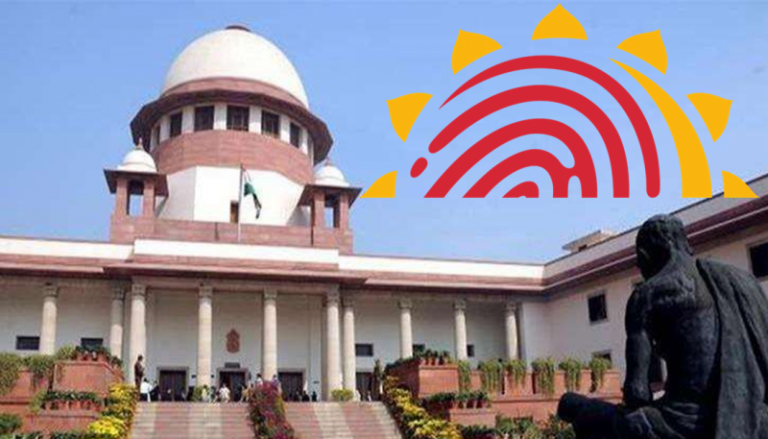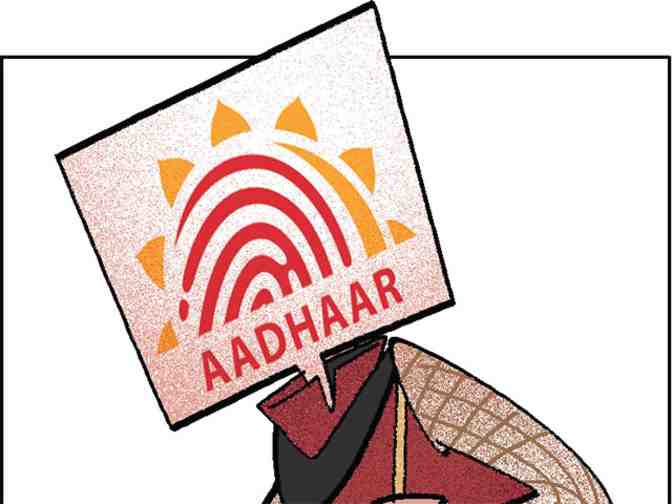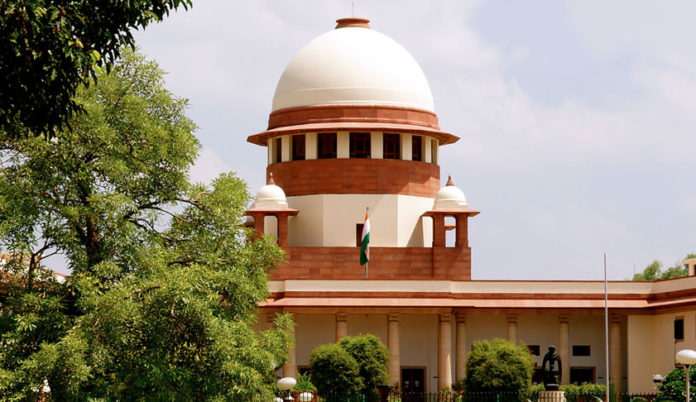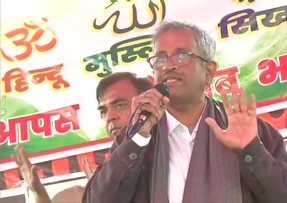ANALYSIS
Today the Supreme Court gave its much awaited judgement over the Aadhaar. The Aadhaar scheme had been engulfed in controversy ever since it was conceived and this makes the final judgement upon the Aadhaar of prime relevance to the nation and its people.
The New Leam Staff

In its judgement the Supreme Court has held the validity of the Aadhaar but has also set safeguards against its compulsive use in several walks of public life. We know that a total of 31 petitions had been filed against the Aadhaar stating that it challenged people’s right to privacy.
The five-judge led constitutional bench led by Chief Justice Deepak Misra delivered their verdict on whether the Aadhaar should be mandatory linked with welfare schemes, bank accounts, PAN etc as it was expressed in several petitioners and feared by many concerned citizens that doing so could violate individual privacy or is not necessary to take schemes to the poor. The UIDAI maintains that Aadhaar database contains the bio-metric data of 122 crore Indians.
The petitioners and the members of the general public had raised concerns that if this data is breached, the security and safety of people will be challenged. The intensity of the case can be understood by the fact that the Court spent 38 working days and nearly five months in responding to and coming out with the judgement.
A series of petitions began arriving in 2016 that highlighted the challenge of using the Aadhaar. The Aadhaar started off with the vision of reaching out welfare schemes to the poor and curbing the leakages that were taking place in the system but gradually it evolved into a sprawling identity ecosystem that seeks to integrate itself at every point the state interacts with the citizens. The unrelenting emphasis on the Aadhaar had started of the debate on whether the Aadhaar should be made mandatory or voluntary.

What issues did the petitioners raise against the Aadhaar?
The first petition that challenged the validity of the Aadhaar was filed in 2012. The Supreme Court judgement that came in 2015 in a response to the petition said that the use of the Aadhaar ould be ‘voluntary’ until the next judgement came in. For two years the matter remained in limbo until a constitution bench led by Chief Justice Deepak Misra set up a none-judge bench in July 2017 to decide whether the right to privacy was really being violated by the Aadhaar.
This made the way for further hearings on Aadhaar in January 2018 and the final judgement of which has come today. The points of concern that were raised in the Court against the Aadhaar are-
-
State Surveillance Argument
The idea here was that the state will turn into a surveillance mechanism if Aadhaar becomes mandatory. It was argued that as a centralised data base of the individuals, the state could become oppressive and track humans across their lives.
-
The Biometric Ecosystem is Threatening
The argument made by many petitioners as that the bio-metric data that the state collected went against the right to privacy under Article 21 of the Constitution
-
Threat to Consent and Welfare
The mandatory biometric as part of the Aadhaar subdued the idea of consent and because Aadhaar was made a compulsory criteria for everything from buying a sim card, to getting admission in school and hospital- the Aadhaar could track people throughout their movements . The Aadhar according to the petitioners made vulnerable various elements of choice and self-discrimination under Article 21.
They also stated several instances where by making Aadhaar mandatory for welfare schemes the Aadhaar had the potential to exclude a great number of the masses.
-
Technical Arguments
There are several technical concerns that have been brought forward by the petitioners. These are about how safe is people’s data with the Aadhaar programme. Several authors have argued that UIDAI’s process of data collection was deeply compromised.
-
Legal Arguments
The fact that the Aadhaar was passed in the Parliament as a money bill and thus did not have to get an affirmative vote in the Rajya Sabha. The petitioners argue that Aadhaar Act is deeply problematic.
Today the decision of the Supreme Court comes after a momentous journey of allegations and counter-allegations .What remains to be seen is how the balance between the sanctity of the Aadhaar and the concerns of the petitioners is maintained.
The challenge will now also be to ensure that the details of the new judgement that no longer holds Aadhaar compulsory for bank accounts, applying for PAN and filing income tax returns and makes it no longer necessary to link bank account with Aadhaar and also the fact that the UGC, CBSE and NEET cannot demand Aadhaar has to be disseminated and circulated widely in the public. The petitioners sure have made valid objections and it I due to their concerns that we now have a more nuanced judgement on the Aadhaar.












